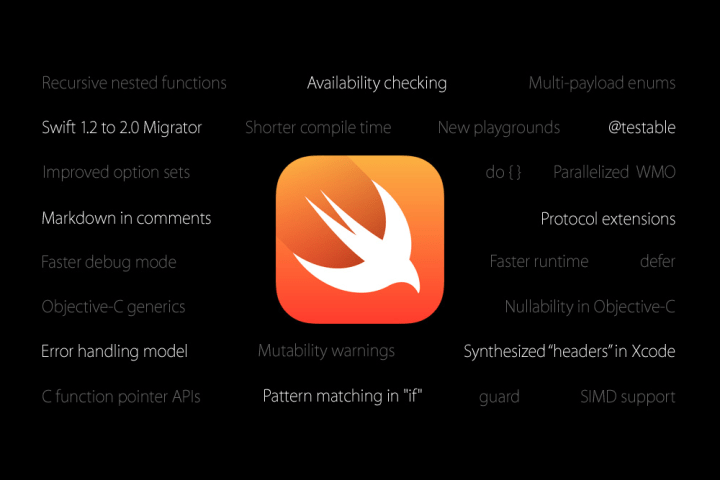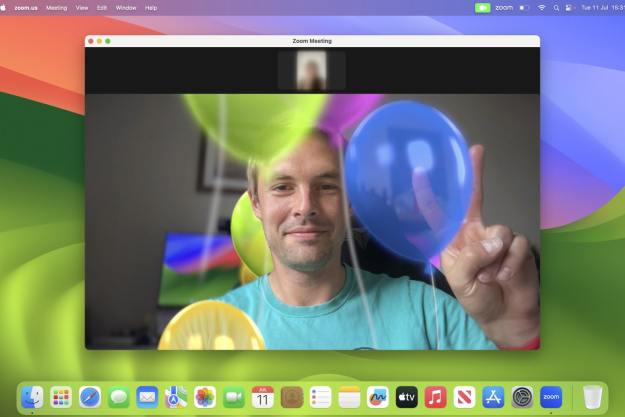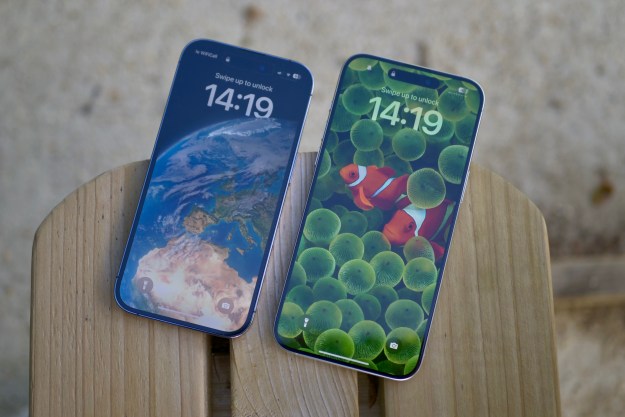
However, this tactic demonstrates an awareness of the wider world of computing. The industry is changing, and so too must the companies in it. There’s a different, smaller audience that needs to be catered to just as carefully as the masses that line up for every new iteration of flagship devices like the iPhone.
This audience isn’t as easily swayed by minor cosmetic improvements or a new 24/7 radio station. They’re more interested in what’s under the hood, and the infrastructure that supports the platform in broader terms. They’re developers, and they’re more important than ever before.
The Changing Face of Development
In recent years, we’ve seen the once-stuffy world of developer conferences take steps towards the mainstream. Today, events like WWDC and BUILD are choreographed to reach an audience beyond just developers, and live streaming makes it possible for broadcasts to reach far beyond convention halls.
Of course, Apple was slightly ahead of the curve in this respect. Looking back at previous WWDC keynotes, you can see the seed of the event as it is today, but it’s nowhere near as polished and wasn’t available to as wide an audience. And there were far fewer people interested in the topics being discussed.
It’s much easier to code today than it was two decades ago. Millions of pages of documentation and learning resources are freely available via the Internet, and colleges offer a host of courses designed to fill the ever-increasing need for these skills. The base of developers has grown immensely. Programming was always lucrative, but it’s now hip and popular, as well.
It’s much easier to code today than it was two decades ago.
What it means to be a developer has broadened significantly. The scholarship recipients highlighted at the beginning of Tim Cook’s WWDC 2015 speech are developers. The Twitter employees who port the service’s apps to new devices are developers. The bedroom coder who makes a game that blows up on the App Store is a developer.
However, despite the fact that access to a computer gives anyone the opportunity to become a developer, it’s still a minority that take advantage of the tools at their disposal. Whether they do so for work or for pleasure, these are the men and women who are set to lead us into the future of computing.
100 Billion App Downloads
Why are developers the most important sector of a tech manufacturer’s audience? Because they’re the ones creating the content.
Apple bragged about the App Store milestone of 100 billion downloads during WWDC, but the company only laid the foundations for this accomplishment. The large part of those 100 billion downloads are thanks to apps developed outside of Apple, then distributed via the service.

Software selection is close to divorced from the operating system; you can download Microsoft Word on whatever platform you like, whether it’s a Windows PC or an Apple iPhone. Companies are willing to give users a taste of what they have to offer, in the hopes that they can attract them into the all-important ecosystem.
This is nothing new, but it’s becoming all the more common now that it’s not unusual for any given person to own a smartphone, a computer and a tablet. Having these different pieces of equipment play nicely was once a nice bonus, but now it’s a must-have.
Making the job of the developer easier makes it more likely that they’re going to choose to develop for any particular platform. In turn, that results in more content for users to engage with and enjoy.
Opening The Door
Making Swift open-source is Apple laying down the welcome mat for developers and inviting them to come take a seat in the living room. In fact, they’re saying that they don’t care if you come in or not — as long as the content does.
Swift will be available on Linux, an olive branch to developers who are keen to target the sizable audience of Apple owners, but don’t care to use the company’s systems for their own work. While this might seem to fly in the face of the company’s ecosystem, it’s a small price to pay for the rewards it offers.
A healthy app store is crucial to the success of any device. Whether it’s children playing games, youths hopping on social media or seniors being kept in good health via their iPad, apps are the lifeblood of any platform.

Those experiences don’t just spring out of nowhere. They’re carefully crafted by developers. Going open-source is a sure way to impress the developer community and make sure they remain as committed to Apple in the future as in the past. That’s particularly important for OS X. While iOS has always enjoyed a strong developer community, OS X has long lived in the shadow of Windows’ larger software library.
Going open-source is a sure way to impress the developer community.
For instance, look at Microsoft offering a version of Windows 10 optimized for IoT devices. It may not be a huge news story to most, but it helps make the suggestion to developers that the company is serious about encouraging their work at all levels. For Microsoft, that’s important because it is struggling to promote the Windows Store, an Apple Store competitor that has so far seen limited adoption.
Apple might lose out on a few sales of high-end Macs now that developers have the attractive option of coding in Swift on their Linux machine at their disposal. In the grand scheme of things, though, this move will create good will with the most important segment of the company’s audience — the men and women building the content that defines iOS and OS X.
Editors' Recommendations
- An Apple insider just revealed how iOS 18’s AI features will work
- This one thing could make iOS 18 the best iPhone update in years
- Everything you need to know about the massive Apple App Store outage
- We now know when Apple is adding RCS to the iPhone
- Apple just announced the dates for WWDC 2024



